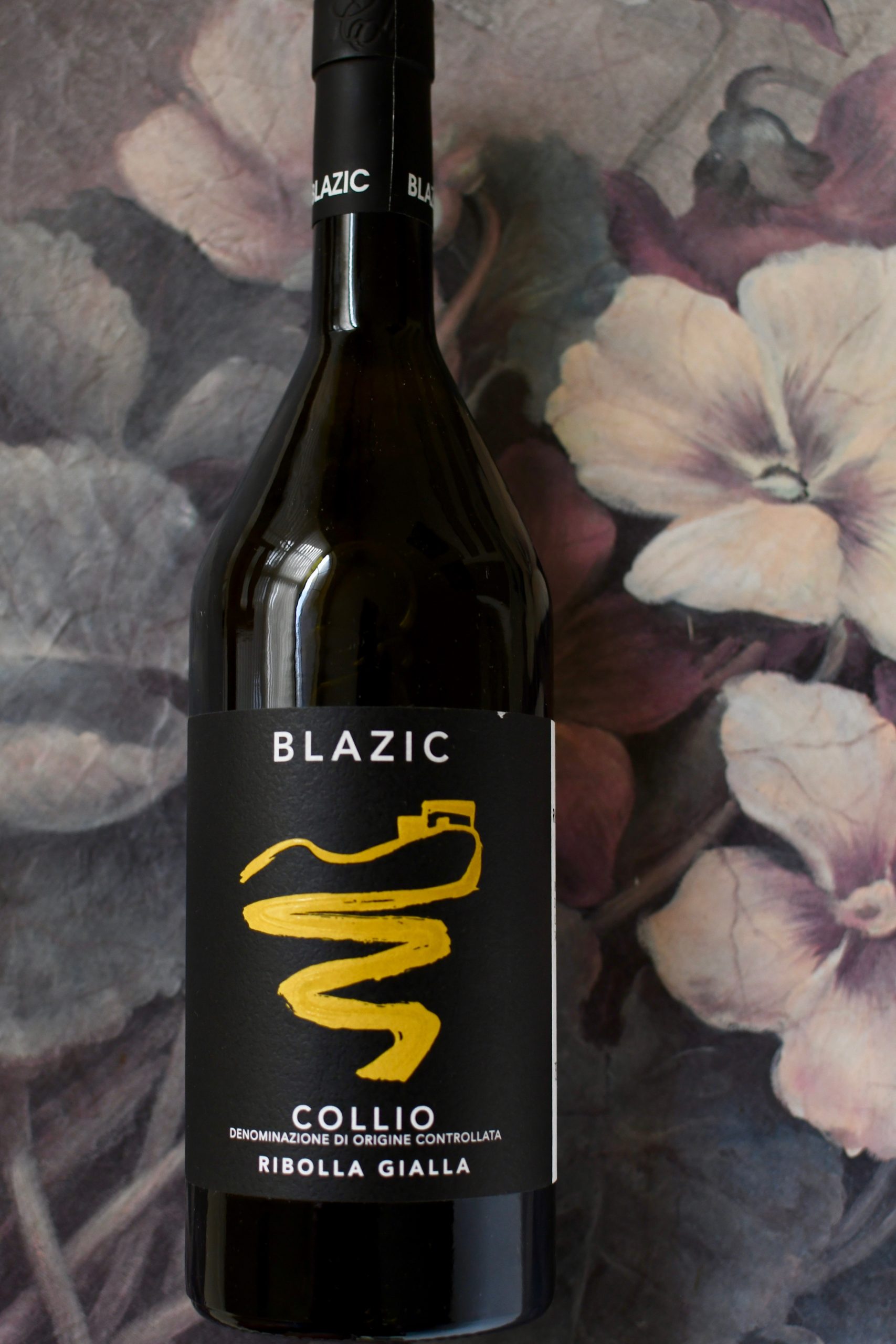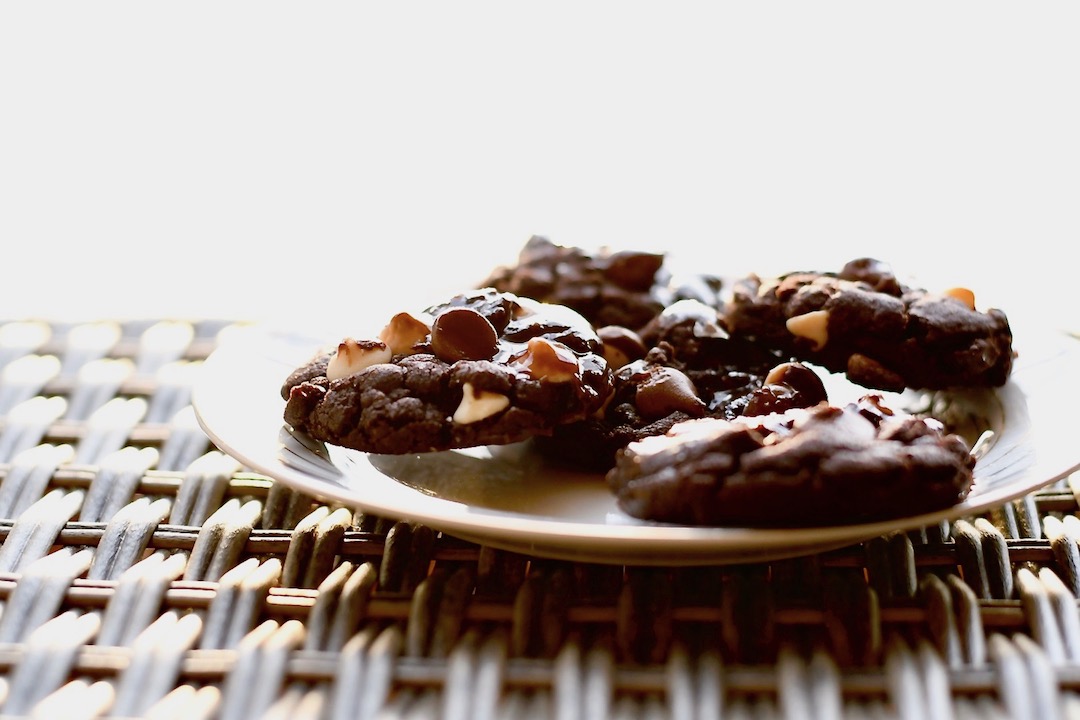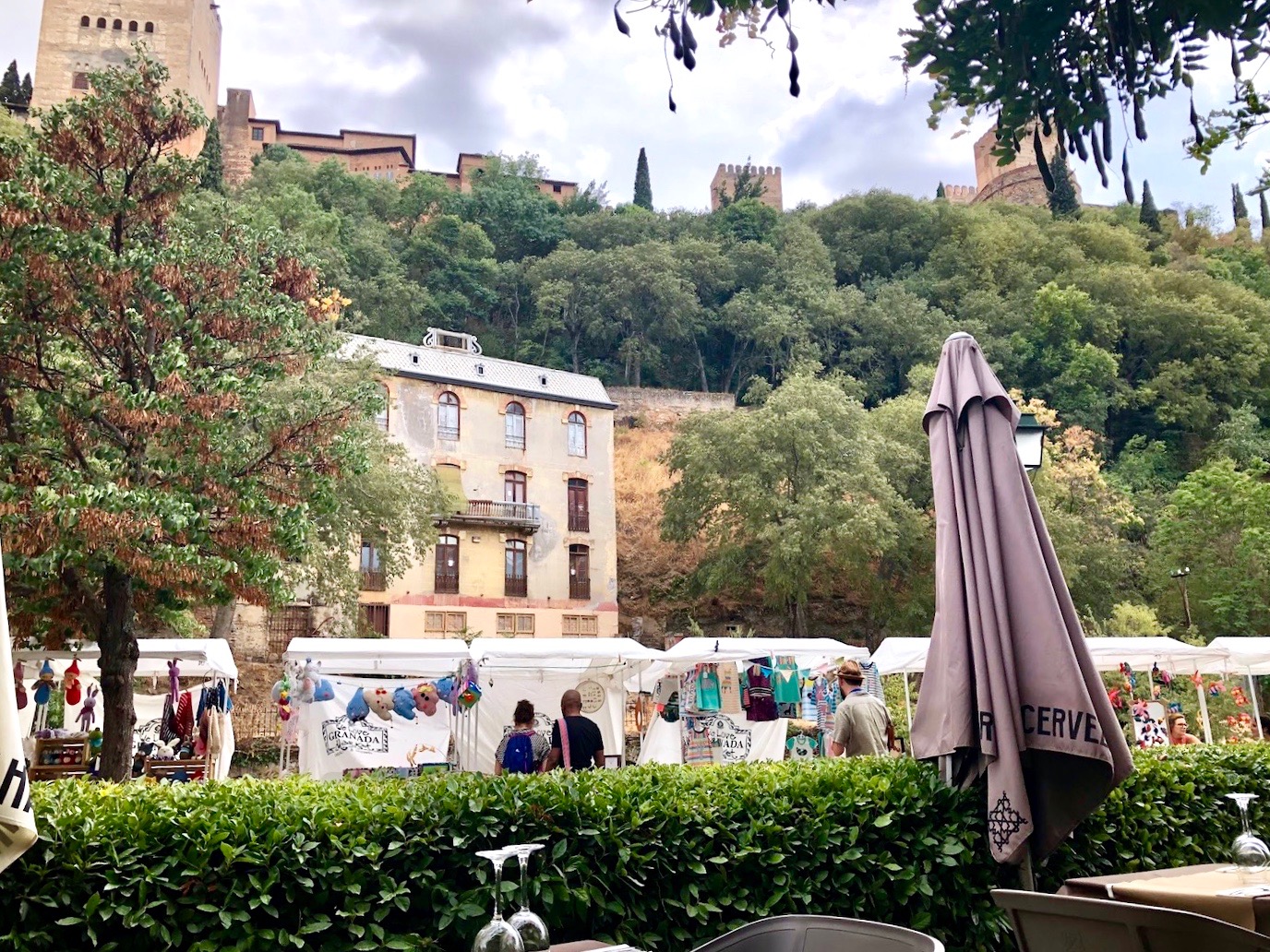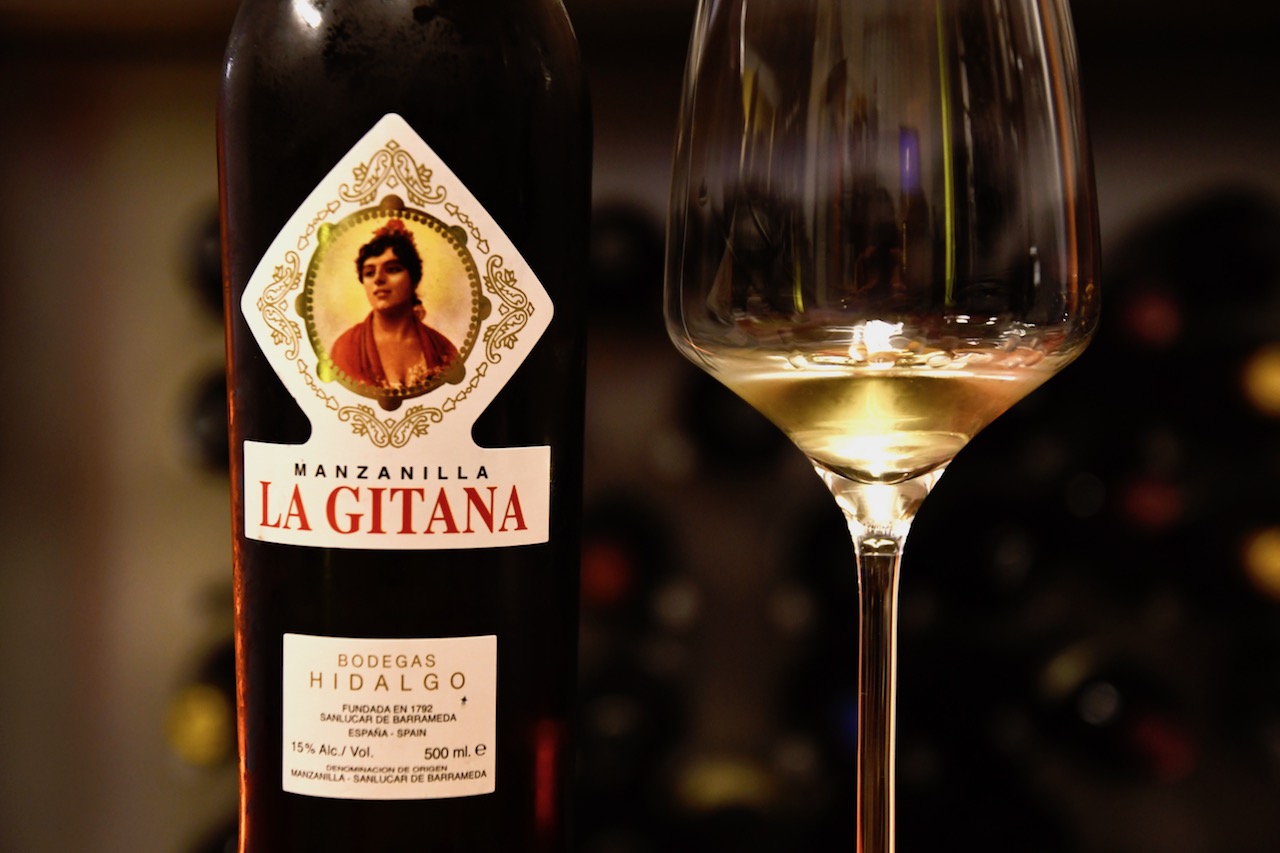Spring 2021 is giving us a new lease on life. Try this easy spring salad recipe paired with a lovely Ribolla Gialla wine.


Spring 2021 is giving us a new lease on life. Try this easy spring salad recipe paired with a lovely Ribolla Gialla wine.

Here we go! Week 7 of the stay-at-home order and I’m thinking about death. How can we not think about it when we read the numbers each day in the news? Keeping…

I’m back from Spain and what better way to celebrate Wine Wednesday than with an authentic Spanish food and wine pairing? Unlike Madrid, it was a challenge to find a good selection…

If you’ve read my last post, you’ll know that I’m still working on Chapter 11, Spain. Studying has been quite the “journey.” Yes, I can read, but am I reading with understanding…